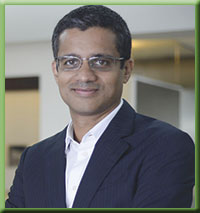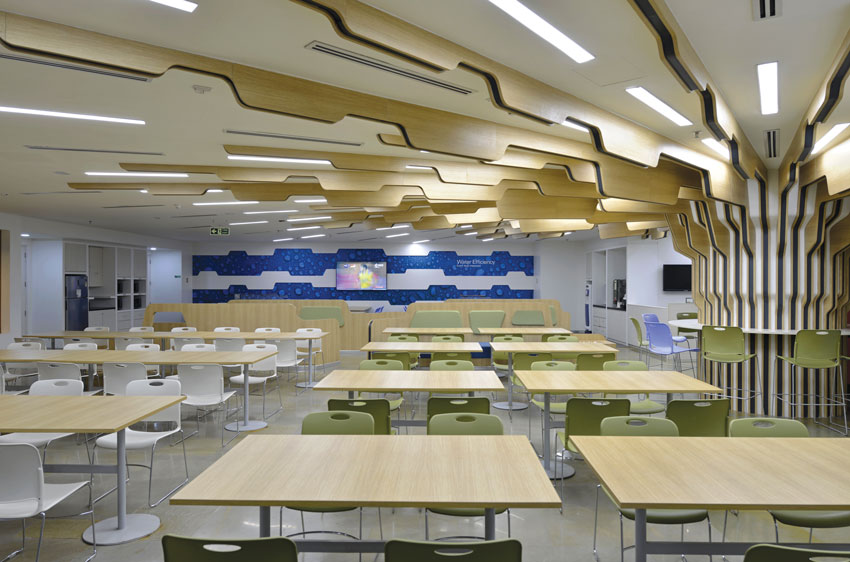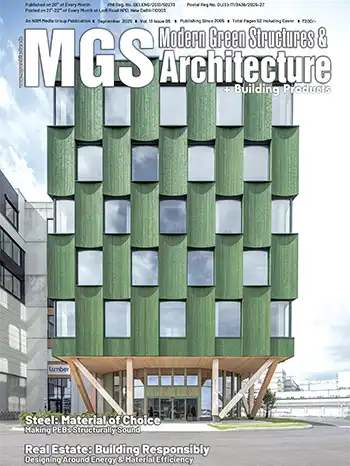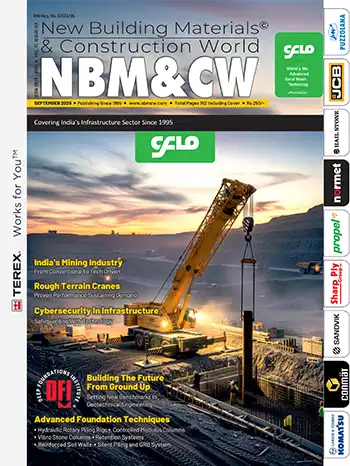
Hailing from a family of distinguished architects he discovered his passion for the field at a very young age and pursued it fully while studying Architecture in Mumbai. In a short span of time, Ninad with his dedicated team has taken JTCPL Designs from its budding stage to a stage, where the firm is one of the best known workspace design practices in India.
Ninad's personal design philosophy is characterized by simplicity, distinct lines and forms that incorporate a sense of flexibility as well as scalability. He says, "At JTCPL Designs, we combine exceptional minds and gifted hands to create spaces visualized and crafted to the minutest details. Regardless of the size and scope of the project undertaken, the company has an excellent track record of delivering on time and within the client budget."
Designing sustainable workspaces is a vital calling in today's age. "At JTCPL, we are committed to create workspaces that are in harmony with their surroundings. We have developed the design and materials knowledge to create workspaces that are visually appealing, ergonomically optimal and environmentally sustainable."
JTCPL Designs has worked with some of the world's best corporates and banks all across India. As the Principal Architect of JTCPL Designs, Ninad has spearheaded various projects and has developed ongoing relationships with some illustrious clientele like Emirates, Visa, Nokia Siemens Networks, Deutsche Bank, Publicis Groupe, Axis Bank Limited, TATA AIG, Industrial and Commercial Bank of China, BMW, K. Raheja Corporation, Standard Chartered Bank, Westpac Banking Corporation, and many more...

Ar. Ninad's ideas and insights have impacted the entire industry and he has been recognized with distinguished awards by renowned design bodies. The recent ones being the IIID award for excellence in Workspace design as well as the Artists in concrete award for space planning and functionality at Asia level. He has also been selected as one of the top 50 Architects in the country by Architect and Interiors India's, iGEN Design Forum 2012.
Ar. Ninad is an avid long distance runner and has participated in 5 half marathons and 2 full marathons. He is a speaker at various design platforms and personally enjoys sharing his experiences in workspace design with students. His ability to inspire, motivate, and mentor has led him to his first book, The 5 Ds.















